Introduction to the arthropods
Quite simply, the Phylum Arthropoda is the biggest and most important animal group on earth. Losing the vertebrates wouldn't affect ecosystems very greatly, but losing arthropods would interfere with all ecological processes including nutrient recycling and pollination.
It is estimated that there are 5-10 million species of arthropod in the world, most still undescribed, and we have well in excess of 20,000 species in Britain and Ireland, nearly all insects.
What is an arthropod?
Arthropods are easily recognised, they have:
• A hard external skeleton in the form of cuticle made of chitin and protein, that supports their body
• The body is made up from front to back of repeated segments, although these can be heavily modified.
• The segments are grouped into functional blocks forming the head, thorax and abdomen
• Some segments carry pairs of jointed limbs - giving the name to the group.
• Some limbs are modified into mouthparts, antennae and reproductive structures
• Because of the external skeleton, they have to shed their cuticle to grow - a process called ecdysis.
What are the arthropod groups in Britain and Ireland?
There are five groups relevant to gardens. These are:
Class Insecta
The most familar and abundant group, generally with six legs and two pairs of wings. They are by far the most successful terrestrial invertebrates, but they do pretty well in freshwater too. Most have larval stages that differ a lot in their structure and way of life from the reproductive adults, probably one clue as to their great success - along with flight and a highly waterproof cuticle that resists desiccation. We introduce the insects at our page here.
Garden Wildlife
Garden Wildlife


Garden crustaceans. Left: common shiny woodlouse Centre: water louse Right: tiny water flea
Explore our crustacean pages here.
Page written and compiled by Steve Head
![Photo: By Veljo Runnel [CC BY-SA 4.0 (https://creativecommons.org/licenses/by-sa/4.0)], from Wikimedia Commons](images/Violettjooksik,_Carabus_violaceus.jpg)
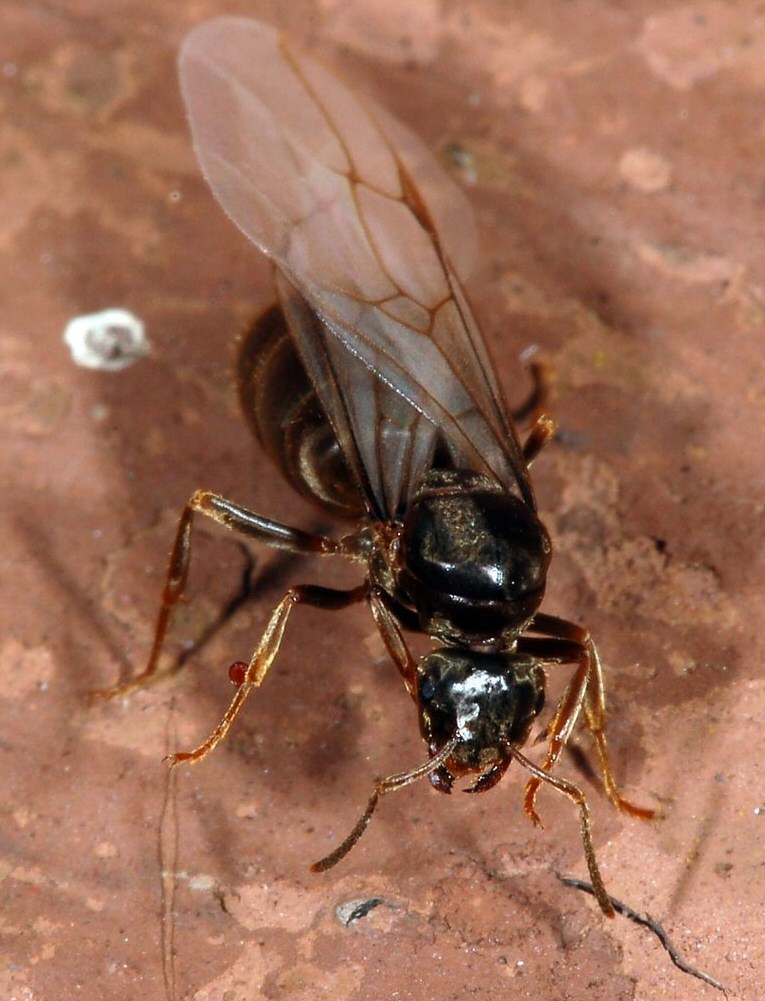
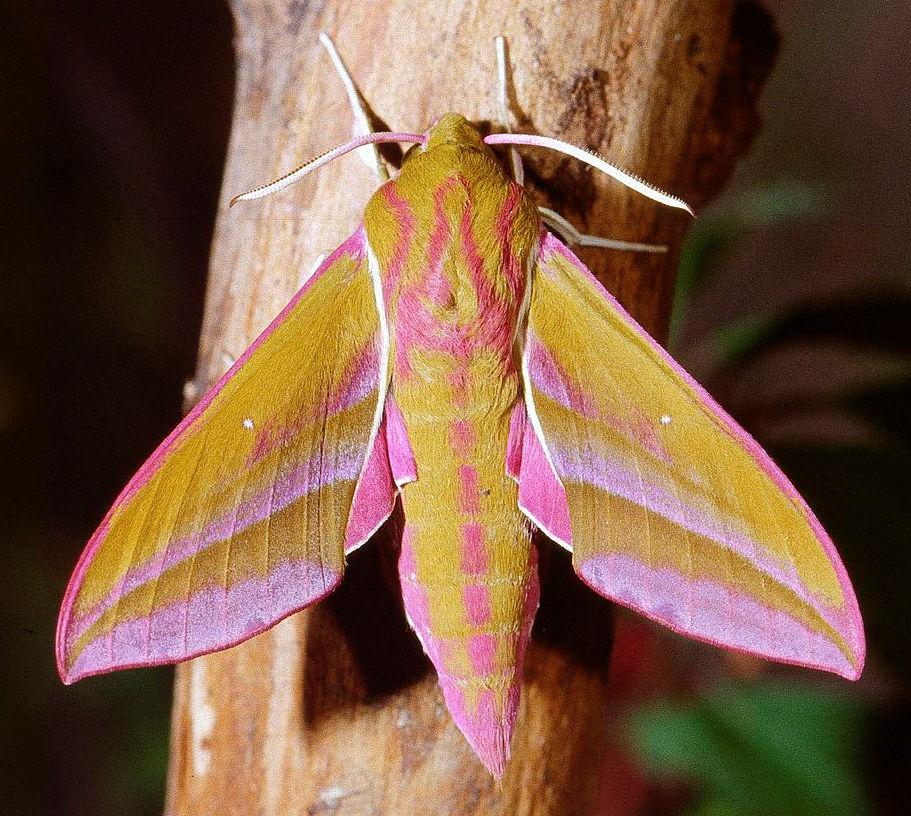
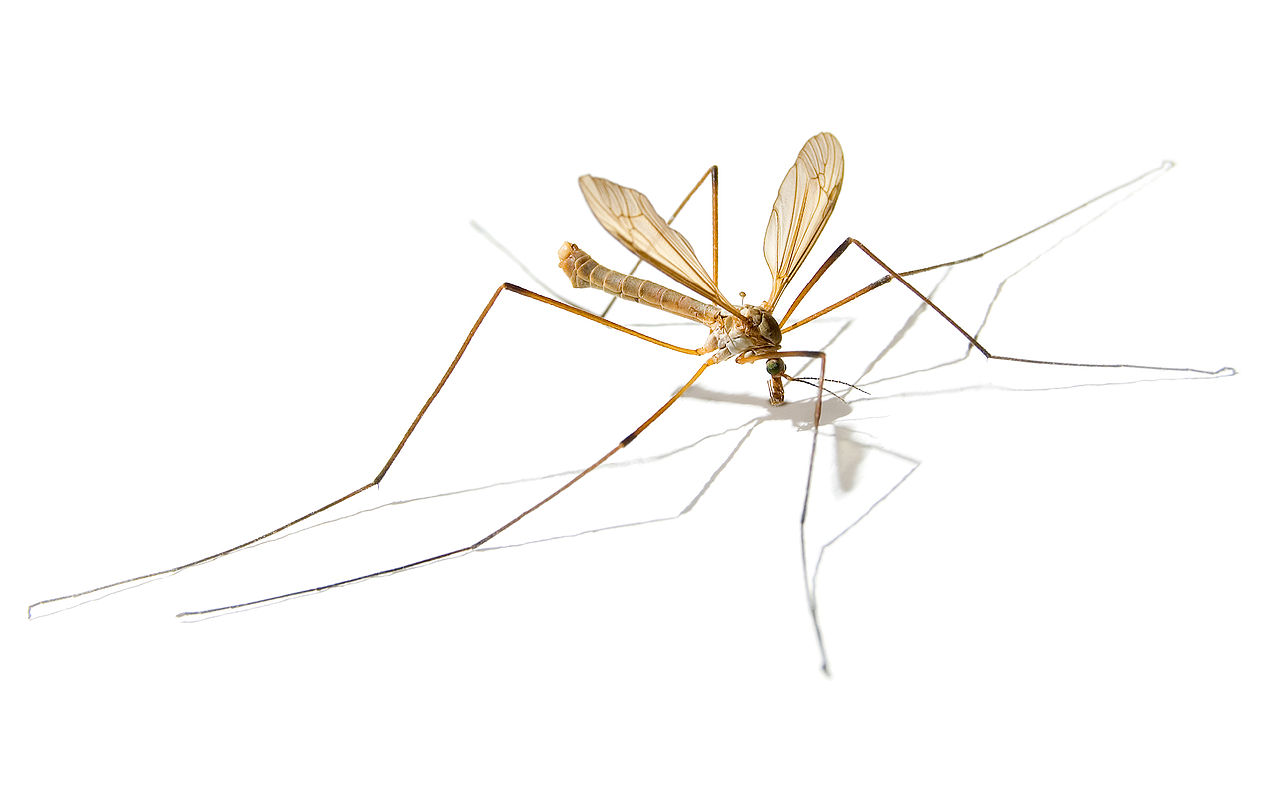
Representative insects - beetle, moth, cranefly and winged ant.
Class Entognatha
Three groups of very tiny six-legged arthropods used to be classed as primitive wingless insects, but are now considered sufficiently diffferent to be in their own Class. They include the abundant and important springtails, and two rather obscure groups called Diplura and Protura. We have a page on them here.
.jpg)
.jpg)
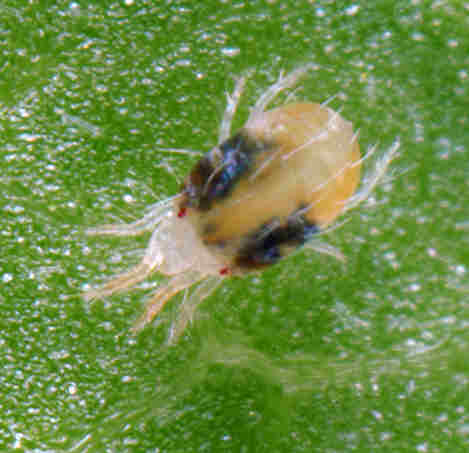
.jpg)
Typical arachnids include spiders (top left), harvestmen (top centre) and mites (top right).
Left: a pseudoscorpion
True scorpions also belong in the Arachnida, but while they are present in a few British sites, they are not (yet) garden fauna.
Explore our arachnid pages here
Subphylum Myriapoda
The myriapods - as the name implies, have long bodies with lots of segments and lots of pairs of legs. In aspects of their physiology they are quite similar to insects, but are not thought now to be as closely related as we once believed. All are found in or on the soil surface, most are detritivores, but some are active hunting predators.
.jpg)

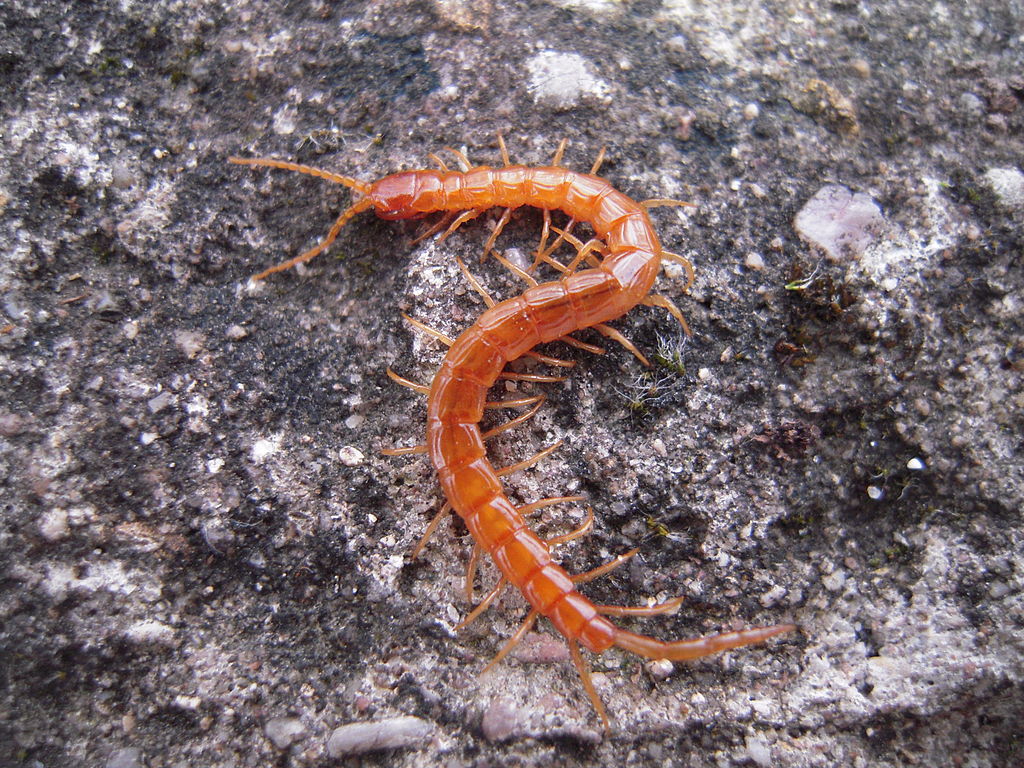
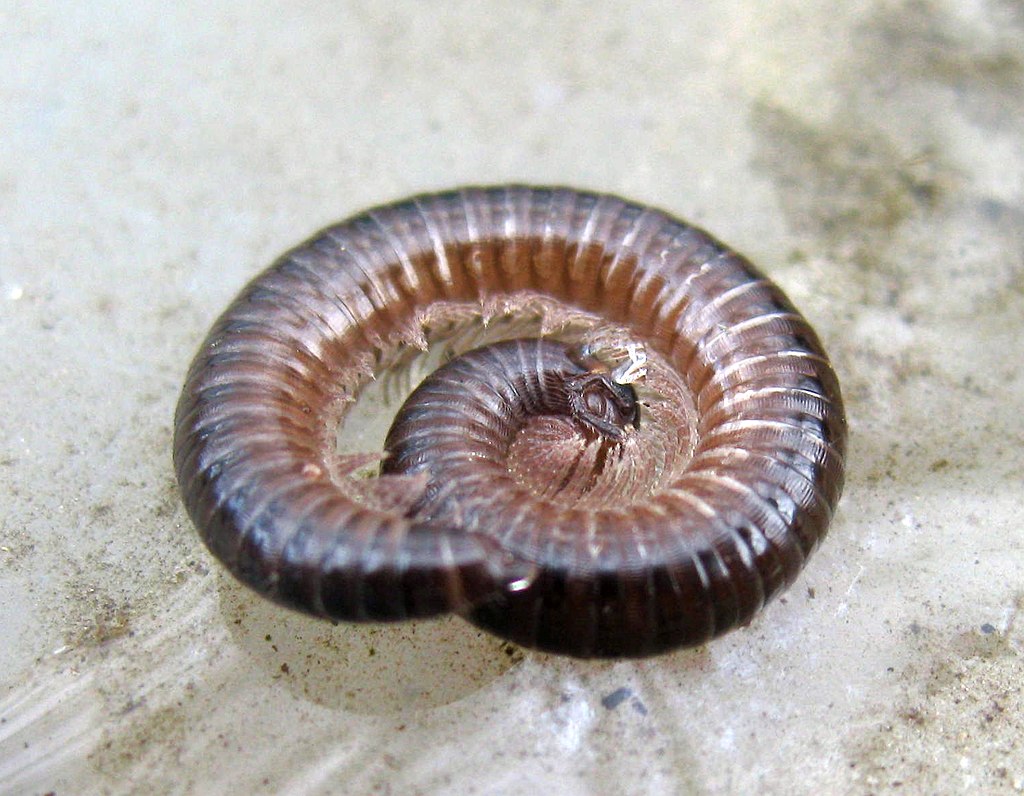
Above: The two bigger groups, the centipedes (left) and millipedes (right)
Below: two lesser classes of myriapods, the Symphyla (left) and Pauropoda (right)
Explore our myriapod pages here
Subphylum Crustacea
While insects are the dominant arthropods on land, the Crustacea dominate in salt water, while both are important in freshwater habitats. The crustaceans are an extraordinarily diverse assemblage ranging from tiny (but important planktonic groups to the massive 3.8m leg span of the Japanese spider crab. Like insects, their segments are formed into head, thorax and abdomen, but the head and thorax are often fused as in the arachnids. Crustacea do occur on land, especially in the tropics, but in Britain and Ireland they are mainly represented by the woodlice. In garden ponds we find water lice, (relatives of woodlice) freshwater shrimps, and a number of small planktonic and swimming species.
.jpg)
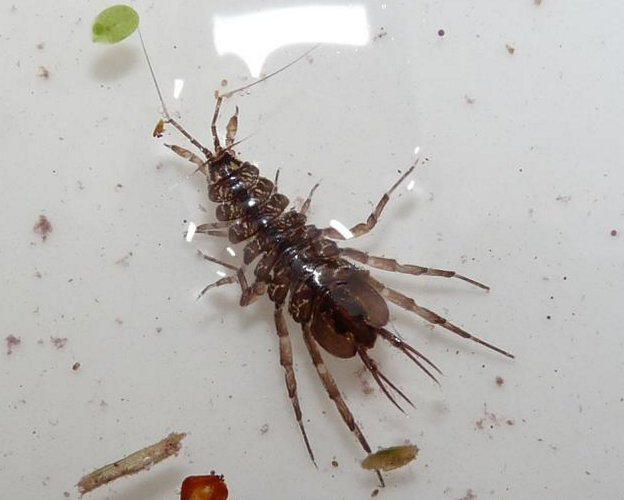
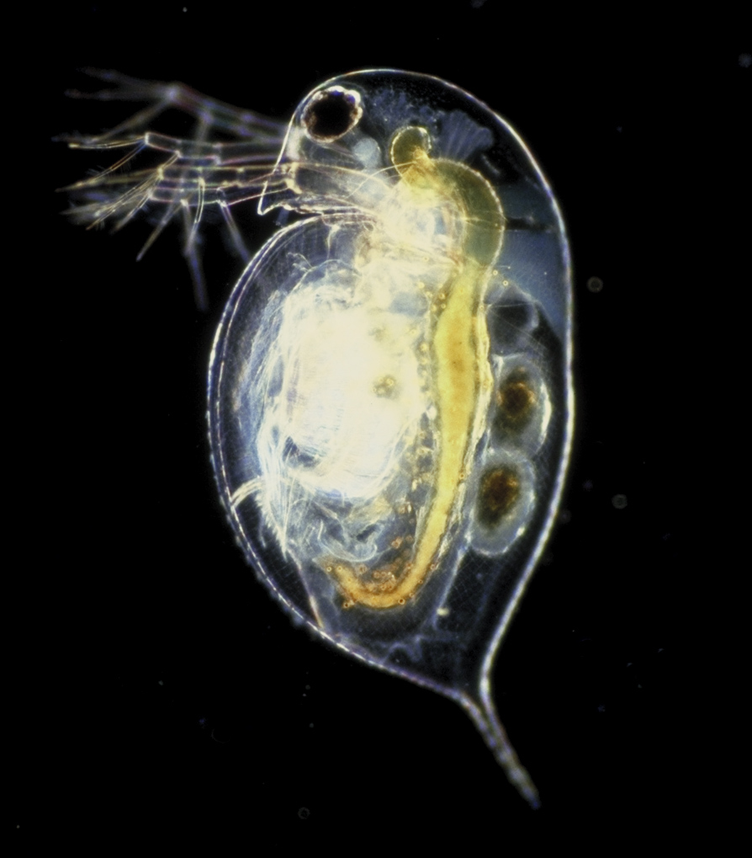
Introduction to the arthropods
Quite simply, the Phylum Arthropoda is the biggest and most important animal group on earth. Losing the vertebrates wouldn't affect ecosystems very greatly, but losing arthropods would interfere with all ecological processes including nutrient recycling and pollination.
It is estimated that there are 5-10 million species of arthropod in the world, most still undescribed, and we have well in excess of 20,000 species in Britain and Ireland, nearly all insects.
What is an arthropod?
Arthropods are easily recognised, they have:
• A hard external skeleton in the form of cuticle made of chitin and protein, that supports their body
• The body is made up from front to back of repeated segments, although these can be heavily modified.
• The segments are grouped into functional blocks forming the head, thorax and abdomen
• Some segments carry pairs of jointed limbs - giving the name to the group.
• Some limbs are modified into mouthparts, antennae and reproductive structures
• Because of the external skeleton, they have to shed their cuticle to grow - a process called ecdysis.
What are the arthropod groups in Britain and Ireland?
There are five groups relevant to gardens. These are:
Class Insecta
The most familar and abundant group, generally with six legs and two pairs of wings. They are by far the most successful terrestrial invertebrates, but they do pretty well in freshwater too. Most have larval stages that differ a lot in their structure and way of life from the reproductive adults, probably one clue as to their great success - along with flight and a highly waterproof cuticle that resists desiccation. We introduce the insects at our page here.
![Photo: By Veljo Runnel [CC BY-SA 4.0 (https://creativecommons.org/licenses/by-sa/4.0)], from Wikimedia Commons](images/Violettjooksik,_Carabus_violaceus.jpg)



Representative insects - beetle, moth, cranefly and winged ant. We also cover some tiny creatures which are 6-legged like insects, but are not considered true insects. They belong with the insects in the Subphylum Hexapoda, and the best known examples are the springtails.
Class Arachnida
This is the second biggest group, and includes some very odd and distinctive creatures. Arachnids generally have four visible pairs of legs, although some have modified a pair as sensory of grasping structures. They lack the biting mandibles and other mouthparts of the insects, but have a pair of chelicerae that serve as jaws, and pedipalps that are used to manipulate food, but can look rather like a fifth pair of legs.
Arachnid bodies are divided into only two sections, a fused head and thorax, and the abdomen. They don't have antennae or wings.
Typical arachnids include spiders (top left), harvestmen (topright), pseudoscorpions (lower left) and mites (lower right).
True scorpions also belong in the Arachnida, but while they are present in a few British sites, they are not (yet) garden fauna.
Subphylum Myriapoda
The myriapods - as the name implies, have long bodies with lots of segments and lots of pairs of legs. In aspects of their physiology they are quite similar to insects, but are not thought now to be as closely related as we once believed. All are found in or on the soil surface, most are detritivores, but some are active hunting predators.

.jpg)
Class Arachnida
This is the second biggest group, and includes some very odd and distinctive creatures. Arachnids generally have four visible pairs of legs, although some have modified a pair as sensory of grasping structures. They lack the biting mandibles and other mouthparts of the insects, but have a pair of chelicerae that serve as jaws, and pedipalps that are used to manipulate food, but can look rather like a fifth pair of legs.
Arachnid bodies are divided into only two sections, a fused head and thorax, and the abdomen. They don't have antennae or wings.
.jpg)

Typical arachnids include spiders (top left), harvestmen (top right), pseudoscorpions (lower left) and mites (lower right).
True scorpions also belong in the Arachnida, but while they are present in a few British sites, they are not (yet) garden fauna. Explore our arachnid pages here
Subphylum Myriapoda
The myriapods - as the name implies, have long bodies with lots of segments and lots of pairs of legs. In aspects of their physiology they are quite similar to insects, but are not thought now to be as closely related as we once believed. All are found in or on the soil surface, most are detritivores, but some are active hunting predators.
Above: The two bigger groups, the centipedes (left) and millipedes (right)
Below: two lesser classes of myriapods, the Symphyla (left) and Pauropoda (right)
.jpg)

Explore our myriapod pages here
Subphylum Crustacea
While insects are the dominant arthropods on land, the Crustacea dominate in salt water, while both are important in freshwater habitats. The crustaceans are an extraordinarily diverse assemblage ranging from tiny (but important planktonic groups to the massive 3.8m leg span of the Japanese spider crab. Like insects, their segments are formed into head, thorax and abdomen, but the head and thorax are often fused as in the arachnids. Crustacea do occur on land, especially in the tropics, but in Britain and Ireland they are mainly represented by the woodlice. In garden ponds we find water lice, (relatives of woodlice) freshwater shrimps, and a number of small planktonic and swimming species.


.jpg)
Page written and compiled by Steve Head
Garden crustaceans. common shiny woodlouse, water louse, tiny water flea
.jpg)
Springtail Orchesella villosa - 1mm scale grid
Springtails have a special jumping organ folded underneath their abdomen. When this is suddenly flicked out the springtail is shot into the air and escapes a predator.
Representative insects - beetle, moth, cranefly and winged ant.
Class Entognatha
Three groups of very tiny six-legged arthropods used to be classed as primitive wingless insects, but are now considered sufficiently diffferent to be in their own Class. They include the abundant and important springtails, and two rather obscure groups called Diplura and Protura. We have a page on them here.
Springtail Orchesella villosa - 1mm scale grid
Springtails have a special jumping organ folded underneath their abdomen. When this is suddenly flicked out the springtail is shot into the air and escapes a predator.
.jpg)
Class Arachnida
This is the second biggest group, and includes some very odd and distinctive creatures. Arachnids generally have four visible pairs of legs, although some have modified a pair as sensory of grasping structures. They lack the biting mandibles and other mouthparts of the insects, but have a pair of chelicerae that serve as jaws, and pedipalps that are used to manipulate food, but can look rather like a fifth pair of legs.
Arachnid bodies are divided into only two sections, a fused head and thorax, and the abdomen. They don't have antennae or wings.










